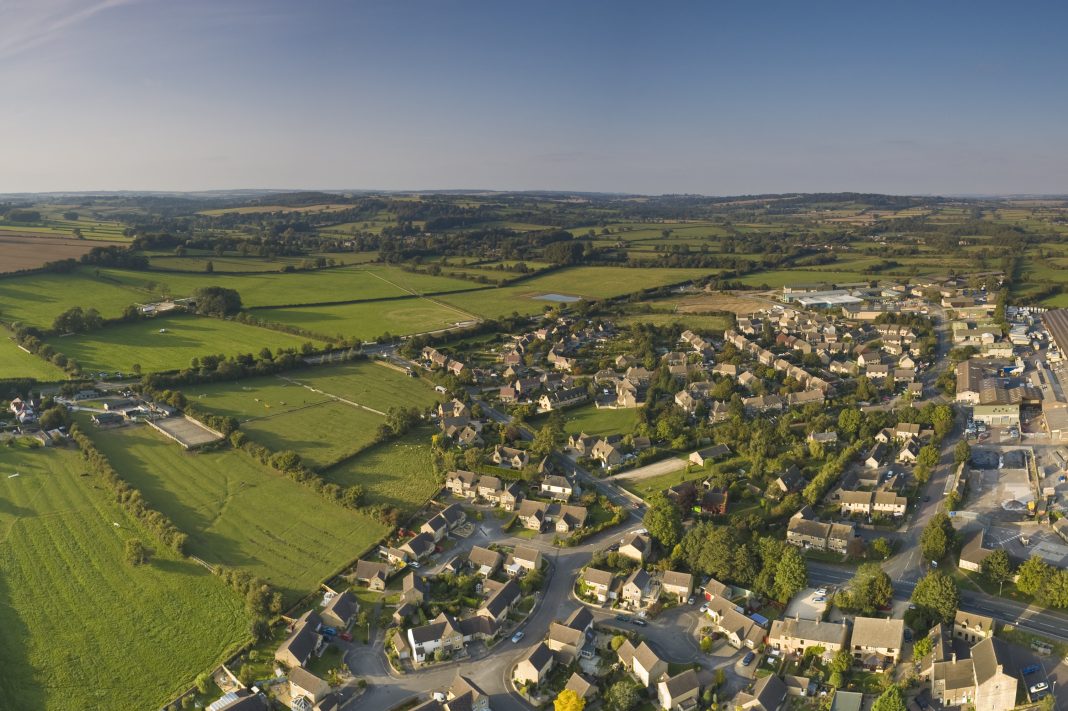The distinction between green belt and brownfield land isn’t as clear cut as we think, says Joshua Bond of Bond Land
Recent analysis suggests that the number of available rental homes has dropped to its lowest level in 14 years. In the context of abandoned housing targets and now a £1.9bn sum put aside for housing making its way back to the Treasury, this slump in the number of available properties is no surprise. But it also points to the need to take our planning regime back to the drawing board to tackle this supply-demand imbalance.
By now, it is well understood that our planning system needs reform. Suggestions that brownfield land should sit at the heart of a streamlined planning policy are well-intentioned and redeveloping these sites should always be a key component of housing strategies. There will always be underused sites in city centres that are suited to new homes.
According to planning consultancy Lichfields, even if every available site on the brownfield register was redeveloped into housing, this would fail to meet the 300,000 homes a year target in the long term – providing only a third of those required over the next 15 years.
Add to the mix that existing brownfield sites often consist of small parcels of disparate land and the costs involved in preparation and sometimes decontamination, and the situation becomes even more complex.
Neither does all brownfield land sit in areas with demand for housing or with sufficient infrastructure. These problems call for a reassessment of the distinction between what we currently classify as green and brown land, and why.
Green belt perceptions and reality
First formalised by the Town & Country Planning Act in 1947, green belt protections seek to keep the spaces around cities open by preventing development, with it up to Local Planning Authorities to determine their boundaries in their local plans. Changes to green belt boundaries can only be considered in “exceptional circumstances”, according to the NPPF.
Some of the criticisms most frequently leveraged against releasing land from the green belt would be more sensible if this land was entirely of ecological value, but the fact that it now encompasses 12% of England’s entire land area suggests something is amiss here.
Though the public perception is one of idyllic, green countryside, the green belt was not created with environmental protection in mind. The result is the inclusion of inaccessible areas of little to no cultural or environmental value, as well as protected land that most of us would more accurately regard as brownfield – not “green”.
These include already built-up sites – more accurately described as “grey belt” – that are well connected to transport, energy and social infrastructure, and which would be by extension well suited to redevelopment.
The green belt’s actual intention was to prevent urban sprawl. But by doing so, we have pushed developments further out from the suburbs into rural areas, widening the definition of commuter belts beyond what most of us would regard as acceptable commute times by car, let alone by bicycle.
At the same time, green belt protection also concentrates development within inner city centres, which may be less suited to households like young families that want single-family homes with access to gardens. Larger parcels of land also hold greater potential to deliver comprehensive infrastructure, civic improvements and public amenities.
As a result of these concerns, it appears that the industry is starting to call time on the government’s refusal to tackle the issue of protected land head-on. Evidence submitted to the Levelling Up, Housing & Communities Committee’s report on reforms to national planning policy published in July points to frustration at the government’s decision to remove the requirement for local authorities to review their green belt boundaries.
It also suggested public confusion around the distinction between the green belt and green fields, and the proportion of the UK’s land that has already been developed, which is much fewer and farther between than popularly believed. Given the weight of local opinion when it comes to planning decisions, challenging the public understanding of what green belt is and isn’t will be required to move the dial on this issue.
For too long, an arbitrary distinction between brownfield, greenfield, green belt and rural land has governed our housing policy to the national detriment. As recommended by the committee, a review of the green belt that determines its purpose in the modern age is long overdue. Streamlining even a fraction of suitable land for development could make all the difference to the housing crisis, while continuing to protect areas of genuine value.
Joshua Bond 
Managing director
Bond Land
Tel: +44 (0)20 7510 9630

















